What are the benefits of a drug and alcohol rehab with a gym?

Not everyone who makes the decision to go to treatment feels up to physical fitness, but for those wanting to change everything about themselves, a drug and alcohol rehab with a gym can make all the difference.
That’s not to say those in need of drug and alcohol rehab have the ability to hit the bench and starting busting out three sets of a 200-pound bench press, or do a couple of miles on the treadmill. Drugs and alcohol have debilitating effects on the brain and body, and even individuals with healthy fitness routines prior to losing themselves to addiction or alcoholism may find that they’re barely able to get out of bed during the initial days of their recovery journey.
However, on the other side of a safe, medically supervised detox program is the treatment process itself, and a well-rounded program offers healing not only for the mind but for the body as well – which is why a drug and alcohol rehab with a gym can be a crucial component of recovery for everyone.
What Do Drugs and Alcohol Do to the Body?
 It’s important to understand exactly what’s going on inside of you in order to fully appreciate how a drug and alcohol rehab with a gym can compliment your recovery. Even if you’ve never been a fitness fanatic, you’ve no doubt experienced the endorphins that follow a really good game of pick-up basketball, or an afternoon spent doing yard work. That’s because, as the National Institute of Health (NIH) points out, “A healthy brain rewards healthy behaviors – like exercising, eating, or bonding with loved ones. It does this by switching on brain circuits that make you feel wonderful, which then motivates you to repeat those behaviors.”
It’s important to understand exactly what’s going on inside of you in order to fully appreciate how a drug and alcohol rehab with a gym can compliment your recovery. Even if you’ve never been a fitness fanatic, you’ve no doubt experienced the endorphins that follow a really good game of pick-up basketball, or an afternoon spent doing yard work. That’s because, as the National Institute of Health (NIH) points out, “A healthy brain rewards healthy behaviors – like exercising, eating, or bonding with loved ones. It does this by switching on brain circuits that make you feel wonderful, which then motivates you to repeat those behaviors.”
However, that reward system is compromised by the introduction of drugs and alcohol, the NIH continues. Just as healthy behaviors make you feel good, so to do drugs and alcohol, in the beginning – which then triggers the desire for more, which leads to increased usage. In addition, “addiction can also send your emotional danger-sensing circuits into overdrive, making you feel anxious and stressed when you’re not using the drugs or alcohol. At this stage, people often use drugs or alcohol to keep from feeling bad rather than for their pleasurable effects. To add to that, repeated use of drugs can damage the essential decision-making center at the front of the brain. This area, known as the prefrontal cortex, is the very region that should help you recognize the harms of using addictive substances.”
Long-term use of drugs and alcohol means that your brain functions are compromised, but at the same time, it’s also doing a number on your body. How so? According to the National Institute on Drug Abuse (NIDA), “People with addiction often have one or more associated health issues, which could include lung or heart disease, stroke, cancer, or mental health conditions. Imaging scans, chest X-rays, and blood tests can show the damaging effects of long-term drug use throughout the body.” Some of the physical effects of addiction might include, the NIDA continues, “Cardiovascular disease; stroke; cancer; HIV/AIDS; Hepatitis B and C; lung disease; and/or mental disorders.”
What about alcohol? The National Institute on Alcohol Abuse and Alcoholism reports that heavy alcohol consumption over a long period of time can affect:
- The heart, including “cardiomyopathy – stretching and drooping of heart muscle; arrhythmias – Irregular heartbeat; stroke; and high blood pressure.”
- The liver, including “Steatosis, or fatty liver; alcoholic hepatitis; fibrosis; and cirrhosis.”
- “Alcohol causes the pancreas to produce toxic substances that can eventually lead to pancreatitis.”
- “Based on extensive reviews of research studies, there is a strong scientific consensus of an association between alcohol drinking and several types of cancer.”
In addition, both drug and alcohol use can weaken the immune system, leaving those addicted to those substances more susceptible to other illnesses.
Drug and Alcohol Rehab With a Gym: How Does It Help?
 We’ve all learned since we were kids that exercise is good for you, so for that reason alone, a drug and alcohol rehab with a gym seems like an ideal place at which those suffering from the ill health effects of addiction can begin to get better. But there’s also a scientific evidence to back up the idea that a fitness therapy program can make a world of difference for recovering addicts and alcoholics. For example:
We’ve all learned since we were kids that exercise is good for you, so for that reason alone, a drug and alcohol rehab with a gym seems like an ideal place at which those suffering from the ill health effects of addiction can begin to get better. But there’s also a scientific evidence to back up the idea that a fitness therapy program can make a world of difference for recovering addicts and alcoholics. For example:
- A 2016 paper in the journal Biomedical Reports found that “There is certain evidence that physical exercise positively affects excessive alcohol use and the associated problems by leading to reduced alcohol intake.”
- Another paper, published in a 2011 edition of the journal Frontiers in Psychiatry, found that “In the past few years, several preclinical studies have revealed that exercise reduces drug self-administration in laboratory animals. These studies have revealed that exercise produces protective effects in procedures designed to model different transitional phases that occur during the development of, and recover from, a substance use disorder.”
- Claire Twark, writing in 2018 for Harvard Health News, wrote that “In my experience, many patients with various substance use disorders have found that exercise helps to distract them from cravings. Workouts add structure to the day. They help with forming positive social connections, and help treat depression and anxiety in combination with other therapies.”
In other words: The same benefits of exercise that non-addicts and alcoholics get can be harnessed as a way to compliment drug and alcohol treatment. As a 2011 paper in Harvard Health News pointed out, “The mental benefits of … exercise have a neurochemical basis. Exercise reduces levels of the body’s stress hormones, such as adrenaline and cortisol. It also stimulates the production of endorphins, chemicals in the brain that are the body’s natural painkillers and mood elevators. Endorphins are responsible for the ‘runner’s high’ and for the feelings of relaxation and optimism that accompany many hard workouts.”
And for individuals seeking treatment after months and years of sustained drug and alcohol use, a fitness program at a drug and alcohol rehab with a gym can be a huge boost to patient morale. How so? A great many addicts and alcoholics come to rehab feeling defeated and demoralized. They view themselves negatively, and their may be a great deal of pain in the relationships with their loved ones. Many of them want to get clean and sober, but they’re not sure if they’ll be able to do so, especially given the esoteric nature of many of the psychotherapeutic tools used in treatment.
However, fitness therapy offers concrete results in a short amount of time. Even if a patient comes to a drug and alcohol rehab with a gym in the worse physical shape of their entire lives, they can see themselves improve even within the span of a 30-day treatment stay. On day one, they may not be able to get out of bed. By day seven, they may be able to walk a quarter-mile on the treadmill. By day 14, they’re doing a whole mile. By day 21, they’re running it. And by the end of their stay, going to the gym three or four days a week is one of the best parts of their treatment plan.
Drug and Alcohol Rehab With a Gym: Necessity or Amenity?
 It’s important to understand that fitness therapy is tailored to meet the needs of the individual. A drug and alcohol rehab with a gym doesn’t employ staff members who kick in the door to your room at 5 a.m. to get you up for calisthenics – and by the same token, the fitness trainer who oversees a facility’s exercise program isn’t going to demand you run a marathon or do 100 pushups on your first day in the gym. The goal is to ease you into a fitness component that’s a complimentary part of your treatment, not send you to Basic Training.
It’s important to understand that fitness therapy is tailored to meet the needs of the individual. A drug and alcohol rehab with a gym doesn’t employ staff members who kick in the door to your room at 5 a.m. to get you up for calisthenics – and by the same token, the fitness trainer who oversees a facility’s exercise program isn’t going to demand you run a marathon or do 100 pushups on your first day in the gym. The goal is to ease you into a fitness component that’s a complimentary part of your treatment, not send you to Basic Training.
And even then, your head and your heart may not always be in agreement, as that aforementioned Harvard article points out: “The first steps are the hardest, and in the beginning, exercise will be more work than fun. But as you get into shape, you’ll begin to tolerate exercise, then enjoy it, and finally depend on it. Regular aerobic exercise will bring remarkable changes to your body, your metabolism, your heart, and your spirits. It has a unique capacity to exhilarate and relax, to provide stimulation and calm, to counter depression and dissipate stress. It’s a common experience among endurance athletes and has been verified in clinical trials that have successfully used exercise to treat anxiety disorders and clinical depression. If athletes and patients can derive psychological benefits from exercise, so can you.”
Of course, not everyone loathes the idea of physical exercise, just as a drug and alcohol rehab with a gym isn’t at the top of every struggling addict or alcoholic’s list of treatment necessities. Many patients to a rehab with a fitness program are desperate for one thing and one thing only: help for a drug or alcohol problem that’s out of control, and at the point they find the willingness to make a call and get that help, it’s the only thing that matters.
Others, however, may want to be more selective about the facility at which they choose to pursue sobriety – and a drug and alcohol rehab with a gym undoubtedly incorporates it as a component of the treatment process. Regardless of whether it’s at the top of your list of priorities, it’s always a sign that the treatment facility focuses on a whole-person approach to sobriety: treating the mind, the spirit and the body, so that those who complete treatment find themselves in better shape physically as well as emotionally and mentally.





